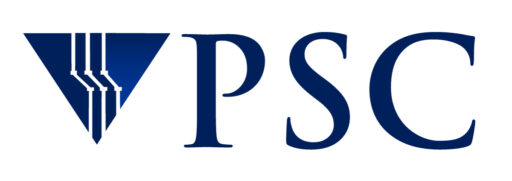Web10G Project Will Create User-Friendly “Dashboard” for Identifying, Fixing Data Slowdowns
Tuesday, Oct. 29, 2013
The Web10G Project has received a one-year, $178,000 Software Development for Cyberinfrastructure (SDCI) supplemental award from the National Science Foundation to develop a “dashboard” that will allow users of computer networks to identify when and where a networking problem is slowing or blocking their access. Web10G, funded by an earlier, three-year SDCI grant, is a collaboration between Pittsburgh Supercomputing Center (PSC) and the National Center for Supercomputing Applications.
“We’ve found that a lot of network users either have unrealistically high expectations or unrealistically low expectations for network performance,” says Chris Rapier, PSC network applications engineer. “Web10G has produced 127 different instruments that report on what’s going on with the network connection, ways in which it might be failing and ways in which it might be improved. With the supplemental grant, we’re going to automate that process to let users know what’s reasonable and then help them work with their network operations teams to actually get the performance they need.”
Web10G and the new tool target an unintended consequence of TCP/IP, the first set of rules to help make an electronically interconnected world work on a massive scale.
“The primary protocol used on the Internet, TCP/IP, actually hides everything that happens from the end user,” says Andrew K. Adams, PSC senior network engineer. That structure helped the Internet to grow and independent applications to be developed, but it carried the downside that networking glitches were essentially invisible, even to the people who run the networks.
“One of the big issues you have with network problems is that they all basically look the same,” Rapier says. “Either you can’t connect or the connection is really slow.”
Web10G and its predecessor, Web100, allowed the collaborators in essence to open up TCP/IP and acquire data about the network, making it a standard part of the Linux operating system favored by researchers. The new supplemental grant will allow the Web10G researchers to develop a simple tool to make those data useful to nontechnical users. While the final form of the tool is yet to be decided, the team envisions a kind of dashboard, including possibly the equivalent of a speedometer and warning lights.
Web100, which involved the same collaborating institutions as well as the National Center for Atmospheric Research, also created networking tools such as automatic received buffer tuning, which allows today’s network connections to automatically adjust to maximize network throughput.
“That actually became a part of every major operating system,” Rapier says. “It was a huge win, and we’d like to see the same adoption level for Web10G.”
